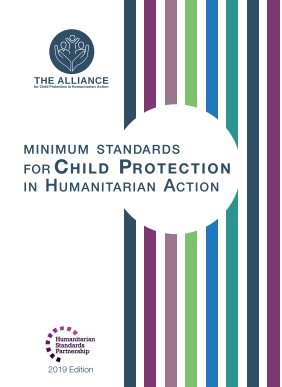
Today, one in four children lives in a country affected by conflict or disaster. Girls and boys face daily risks to their lives and threats to their future physical and mental health. Evidence shows that illness, developmental challenges and even early death are connected to childhood hardship and exposure to violence. Children’s survival, well-being and healthy development are seriously jeopardised in humanitarian settings.
Given these immediate and long-term risks, it is an urgent priority for all those working in humanitarian settings to protect children from violence, abuse, exploitation and neglect. While child protection actors play a central role, all sectors need to be involved in preventing and responding holistically to the risks and vulnerabilities that affect girls and boys in crises. Humanitarian efforts must be predictable, swift, well-planned and responsive to children’s and families’ own priorities. Actions need to be grounded in rights, informed by evidence and measurable in their results. It is also essential to strengthen the formal and informal systems that will continue to protect children after the emergency response is over.
This second edition of Minimum Standards for Child Protection in Humanitarian Action has been realised through the hard work of over 1,900 individuals from 85 agencies and 82 countries. It is a true example of inter-agency and inter-sectoral collaboration. This edition strengthens the standards’ emphasis on principles, evidence and prevention and increases their applicability to internal displacement and refugee contexts. We believe these changes will further professionalise the sector and add to the rigour and quality of programmes at the field level. We urge all those involved in humanitarian action to take this opportunity to implement and promote these standards